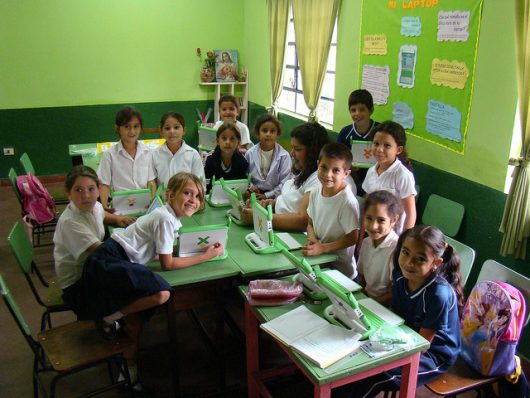
Over the past few decades, one of the international community’s main goals is to ensure all people, regardless of location and gender, have access to at least a primary and foundational education. As the challenges of global poverty and the economy shift with the passage of time, education should be a top priority. For Eritrea, this means not just addressing the educational needs to support a modern country, but also addressing the educational gender-gap between male and female education.
Education in Eritrea
Historically, education in Eritrea was largely religious and meant to prepare young boys for work in religious vocations, while secular education was limited. This meant girls’ education in Eritrea was severely lacking. Further, the status of female education remained under-developed during Eritrea’s period under the Italian regime’s colonial rule, when Eritrean education was generally ignored.
Since Eritrea’s independence, the policy concerning education focuses on creating a knowledgeable workforce to support a modern economy and to fight back against poverty and disease. The country has also noted that its goals include access to a primary education for all children, regardless of gender. To focus on female education and literacy, the National Union of Eritrean Women (NUEW) has been established.
As a result, girls’ education in Eritrea has steadily increased. Unfortunately, the numbers are still low: UNICEF reports only 43 percent of girls are enrolled in primary school education, while 50 percent of boys are enrolled. Enrollment in secondary school is much lower with about 25 percent of girls enrolled and 32 percent of boys. Fortunately, the literacy rates in Eritrea are higher with women at 87.7 percent compared to men at 92.6 percent.
Increasing Girls’ Education in Eritrea
While the government maintains a dedicated stance on girls’ education, the historical legacy of male and female education, juxtaposed with differing cultural attitudes towards women, make female enrollment a slow and difficult process. For many Eritreans in more isolated and rural areas, girls are still expected to work in agriculture and maintain domestic responsibilities. Methods to increase girls’ education in Eritrea should address these cultural attitudes and provide people with viable alternatives to alleviate domestic duties and farming.
The NUEW has made efforts to provide transportation for young girls. Because schools may be far from children’s homes, a method for addressing high drop-out rates and low enrollments is to provide students with bicycles. In a program conducted by the NUEW, among 60 girls given bicycles to reach a school over nine kilometers away from their homes, 55 of them were able to complete their studies. The NUEW also provided families with donkeys and water tanks, so that time could be freed for girls to study and attend class, rather than collect water for their families. These programs focus on saving time better spent on education, and future programs should follow suit.
While Eritrea has not yet closed the gender education gap, it is gradually inching closer to that goal. As the needs of a modern country increasingly demand more educated workforces, the focus on girls’ education in Eritrea will need to include tertiary education. Fortunately, the number of women graduating from universities is already growing rapidly. A decade ago, only 25 percent of university graduates were women. Today that number ranges between 40 to 50 percent, depending on the institution and field of study.
With more attention from the global community and new innovative projects, Eritrea should offer everyone their right to education. With under 50 percent of girls receiving a primary education, much work is still left to be done.
– William Wilcox
Photo: Flickr
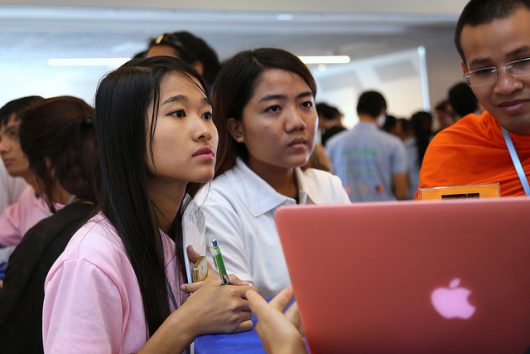
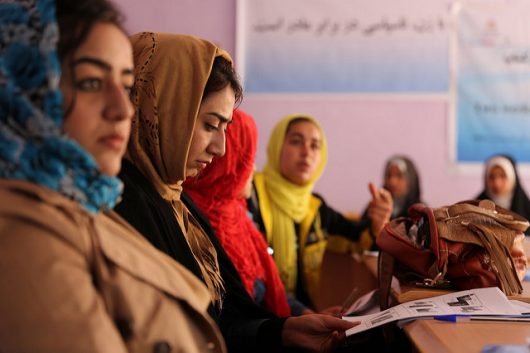

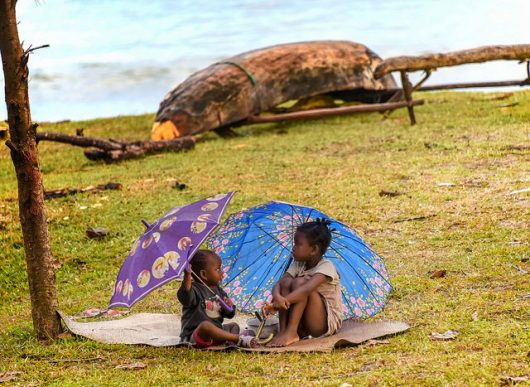

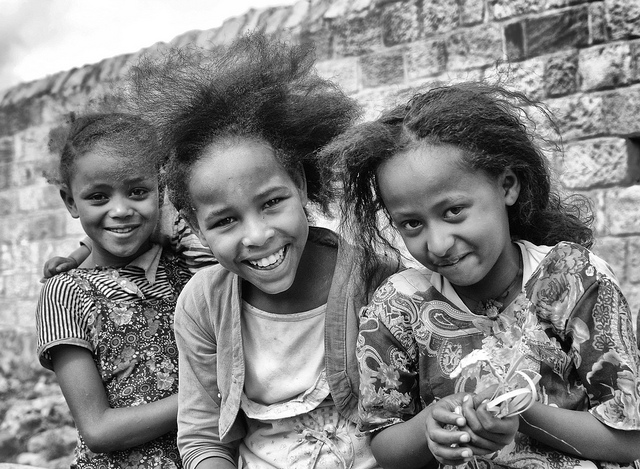 It is estimated that one in 10 girls in African countries miss school monthly due to a lack of supplies and education related to menstruation. The negative connotations of “becoming a woman” and the mystery surrounding these changes can not only create girls’ unhealthy perceptions of themselves and their bodies but can affect more concrete aspects of their lives, including their education.
It is estimated that one in 10 girls in African countries miss school monthly due to a lack of supplies and education related to menstruation. The negative connotations of “becoming a woman” and the mystery surrounding these changes can not only create girls’ unhealthy perceptions of themselves and their bodies but can affect more concrete aspects of their lives, including their education. 
